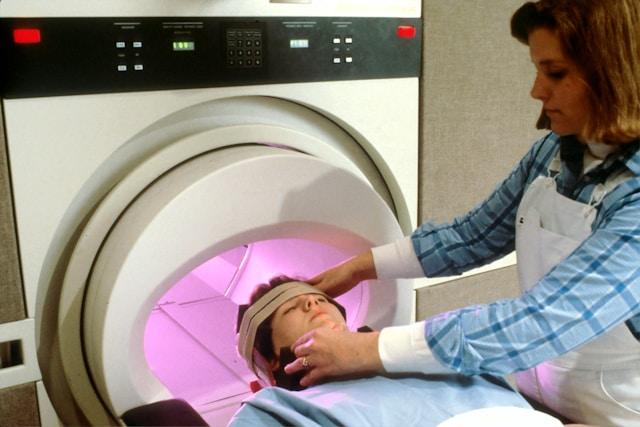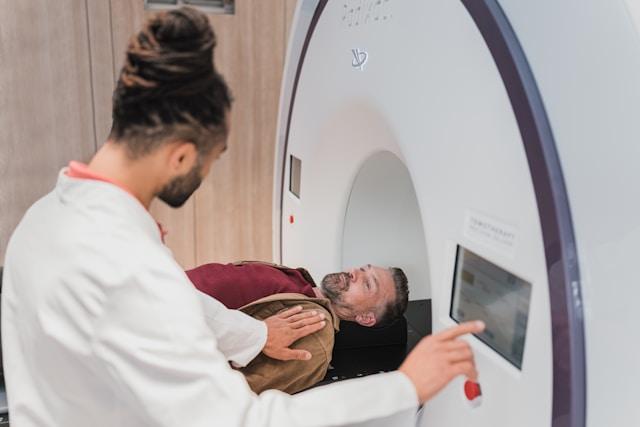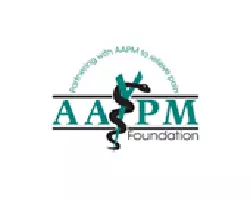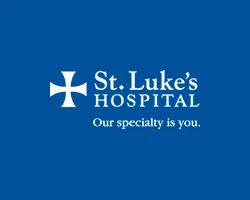So, you’re experiencing wrist pain, and you’ve been diagnosed with Carpal Tunnel Syndrome. You’d like to know “Will I Need Carpal Tunnel Surgery”? and “What Does Carpal Tunnel Surgery Entail?” We’ll go through a few of the key points to give you an idea what to expect.
During open carpal tunnel release surgery the transverse carpal ligament is cut, which releases pressure on the median nerve and relieves the symptoms of carpal tunnel syndrome.
An incision is made at the base of the palm of the hand. This allows the doctor to see the transverse carpal ligament. After the ligament is cut, the skin is closed with stitches. The gap where the ligament was cut is left alone and eventually fills up with scar tissue.
If you have open carpal tunnel release surgery, you typically do not need to stay in the hospital. It is usually done under local anesthetic, and you can go home on the same day.
What To Expect After Surgery
After surgery, the hand is wrapped. The stitches are removed 10 to 14 days after surgery. The pain and numbness may go away right after surgery or may take several months to subside. Try to avoid heavy use of your hand for up to 3 months.
When you return to work depends on whether the dominant hand (the hand you use most) was involved, what your work activities are, and how much effort you put into rehabilitative physical therapy.
- If you have surgery on your nondominant hand and do not do repetitive, high-risk activities at work, you may return to work within 1 to 2 days, although 7 to 14 days is most common.
- If you have surgery on your dominant hand and do repetitive activities at work, you may require 6 to 12 weeks for a full recovery before you can return to previous work duties. Physical therapy may speed your recovery.
Why It Is Done
Open carpal tunnel surgery is considered when:
- Symptoms are still present after a long period of nonsurgical treatment. In general, surgery is not considered until after several weeks to months of nonsurgical treatment. But this assumes that you are having ongoing symptoms but no sign of nerve damage. Nerve damage would make surgery more urgent.
- Severe symptoms (such as persistent loss of feeling or coordination in the fingers or hand, or no strength in the thumb) restrict normal daily activities.
- There is damage to the median nerve (shown by nerve test results and loss of hand or finger function), or a risk of nerve damage.
- Tumors or other growths need to be removed.
How Well It Works
Most people who have surgery for carpal tunnel syndrome have fewer or no symptoms of pain and numbness in their hand after surgery.
In rare cases, the symptoms of pain and numbness may return (the most common complication), or there may be temporary loss of strength when pinching or gripping an object, due to the cutting of the transverse carpal ligament.
If the thumb muscles have been severely weakened or wasted away, hand strength and function may be limited even after surgery.
Risks
The risk and complication rates of open surgery are very low. Major problems such as nerve damage happen in fewer than 1 out of 100 surgeries (less than 1%).2 There is a small risk that the median nerve or other tissues may be damaged during surgery. After open surgery, recovery may be slower than after endoscopic surgery. And there may be some pain in the wrist and hand. You may also have some tenderness around the scar. There are also the risks of any type of surgery, including possible infection and risks of general anesthesia. But most open carpal tunnel surgery is done with local anesthesia or regional block rather than with general anesthesia.
The main takeaway is that Carpal Tunnel Surgery can eliminate the pain and numbness that is felt in the wrist and help you regain all of the mobility that you previously enjoyed. For more information about Carpal Tunnel Syndrome visit www.neuropaxclinic.com and call 314-434-7784 for an appointment. Don’t live with the pain any longer than you have to.





















